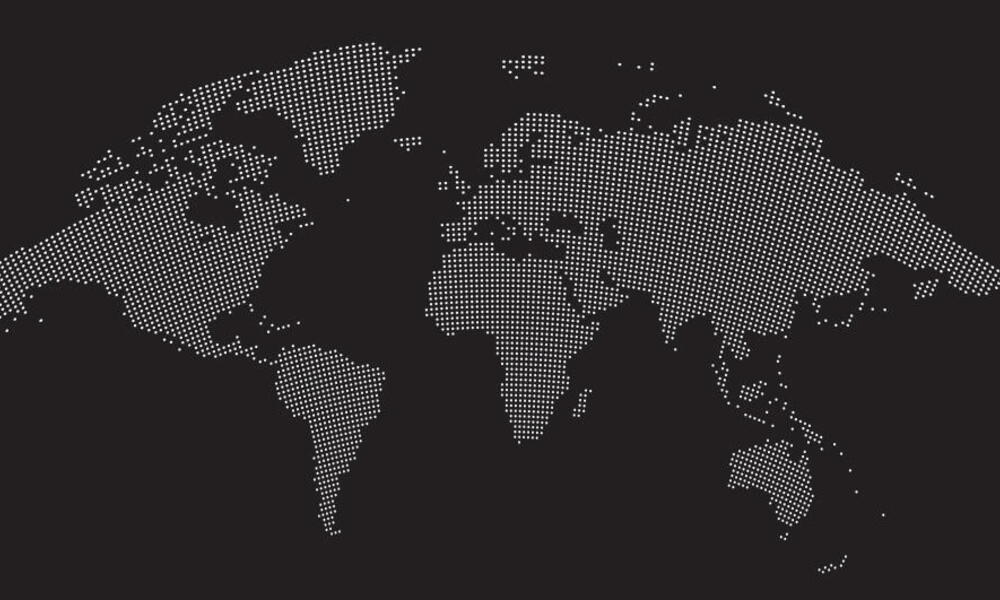Saving Tigers & Protecting Ecosystems: How Tech is Revolutionizing WWF's Conservation Efforts in the Philippines

The ambitious goal of doubling the world's wild tiger population, set by tiger range countries in 2010, demanded a new approach to conservation. Traditional methods simply weren't cutting it. WWF (World Wildlife Fund) and its partners recognized the urgent need for more targeted, data-driven decisions, and turned to technology to revolutionize their efforts – including impactful work right here in the Philippines.
The Challenge: Understanding a Complex Ecosystem
Conserving tigers isn’t just about protecting the tigers themselves. It’s about safeguarding the intricate ecosystems they rely on – the forests, rivers, and the countless other species that share their habitat. Monitoring these vast and often remote areas is a monumental task. Historically, this relied on manual surveys, which were time-consuming, expensive, and prone to inaccuracies. Furthermore, understanding the complex interplay of factors affecting tiger populations – poaching, habitat loss, climate change – required a more sophisticated approach.
Technology to the Rescue: A Toolkit for Conservation
WWF has embraced a range of innovative technologies to overcome these challenges. Here’s a look at some key tools:
- Camera Traps: These remotely triggered cameras are strategically placed in the wild to capture images and videos of wildlife, including tigers, their prey, and even poachers. The data collected provides invaluable insights into population size, distribution, and behavior. Advanced image recognition software can automatically identify species, saving countless hours of manual review.
- Drones: Unmanned aerial vehicles (drones) provide a bird's-eye view of the landscape, allowing conservationists to map habitats, monitor deforestation, and track wildlife movements. Drones equipped with thermal imaging cameras can even detect poachers at night.
- Acoustic Monitoring: Specialized microphones record sounds in the environment, allowing researchers to identify different species by their calls and vocalizations. This is particularly useful for monitoring elusive species or those living in dense vegetation.
- Satellite Tracking: GPS collars attached to tigers provide real-time location data, allowing researchers to track their movements, identify critical habitats, and understand how they respond to environmental changes.
- Data Analytics and AI: The vast amounts of data collected from these technologies are analyzed using sophisticated data analytics and artificial intelligence (AI) tools. These tools can identify patterns, predict trends, and provide insights that would be impossible to obtain through traditional methods.
Impact in the Philippines and Beyond
WWF’s technological advancements are having a tangible impact on conservation efforts worldwide, including in the Philippines. By leveraging these tools, conservationists can:
- Improve Anti-Poaching Efforts: Real-time data on poaching activity allows rangers to respond quickly and effectively.
- Protect Critical Habitats: Mapping and monitoring deforestation helps identify areas that need protection.
- Reduce Human-Wildlife Conflict: Understanding animal movements allows for proactive measures to prevent conflicts with local communities.
- Inform Conservation Strategies: Data-driven insights help guide conservation decisions and ensure that resources are used effectively.
Looking Ahead: A Future Powered by Technology
As technology continues to evolve, WWF is committed to exploring new ways to leverage it for conservation. From using machine learning to predict poaching hotspots to utilizing blockchain technology to track the illegal wildlife trade, the possibilities are endless. By embracing innovation, WWF and its partners are paving the way for a future where tigers and other endangered species can thrive alongside humans.






